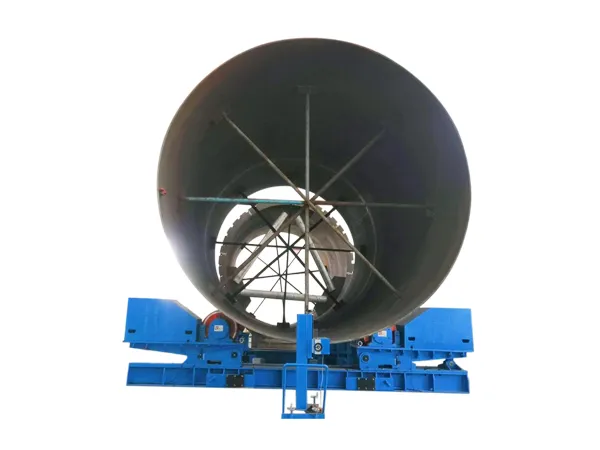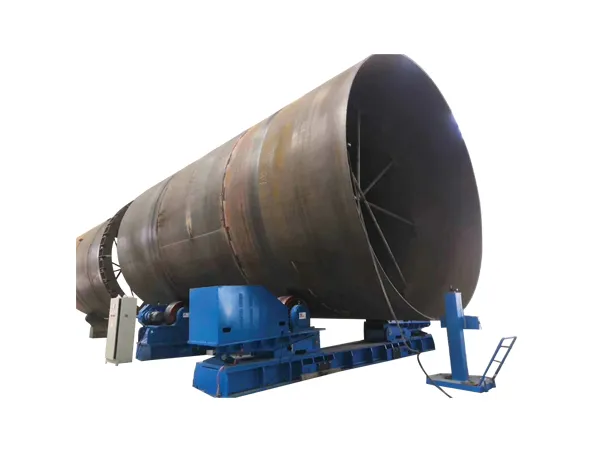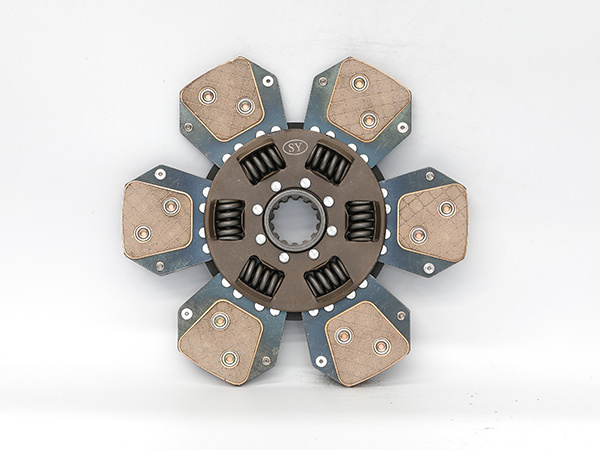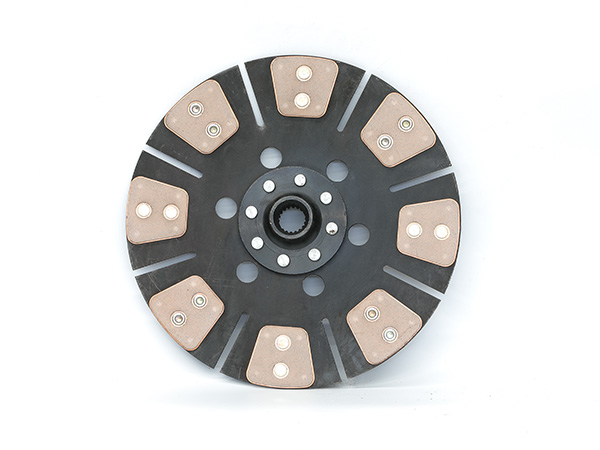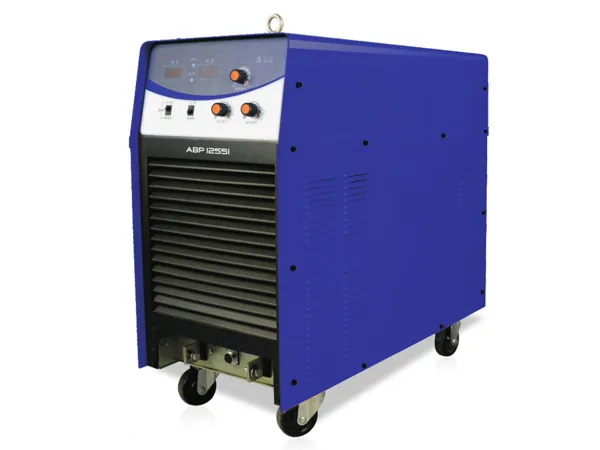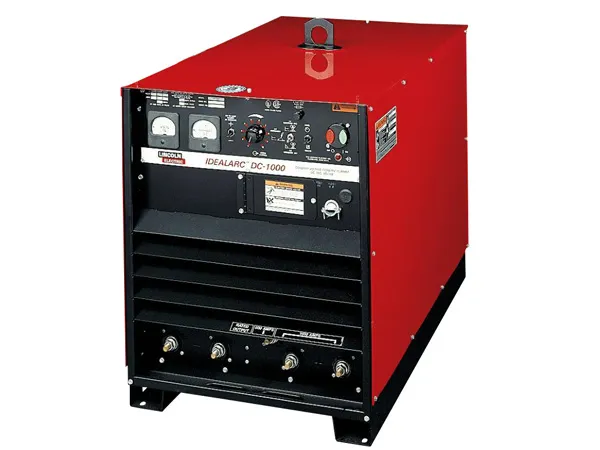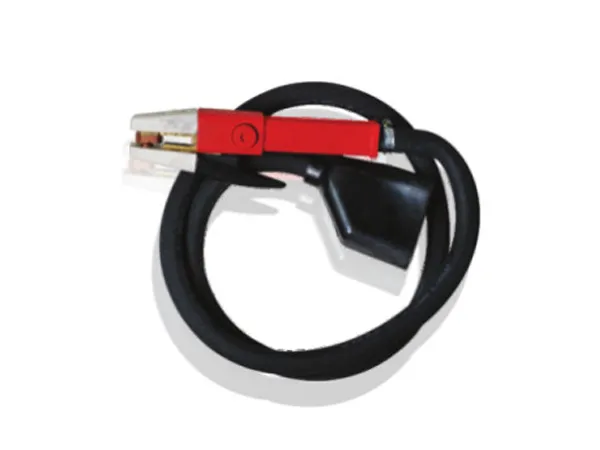Rodamientos de rodillos cónicos are a type of rolling element bearing commonly used in various applications, particularmente en maquinaria y sistemas automotrices. Estos rodamientos están diseñados para soportar cargas radiales y axiales., proporcionando soporte para ejes giratorios en una dirección.
Los rodamientos de rodillos cónicos constan de anillos interior y exterior con pistas de rodadura cónicas y rodillos cónicos.. The rollers are guided by the inner ring back-face rib and the outer ring front-face rib. The angle of the taper allows the bearings to handle both radial and axial loads.
Tapered roller bearings Introduction
Tapered roller bearings Features
Tapered Design: Tapered roller bearings are named for their cone-shaped rolling elements, which are tapered towards the ends.
Alta capacidad de carga: They can support both radial and axial loads, making them suitable for applications with combined loading conditions.
Efficient at Handling Thrust Loads: The tapered design allows for effective handling of thrust (axial) loads in one direction.
Durabilidad: Typically made from high-quality steel, proporcionando durabilidad y resistencia al desgaste.
Precise Manufacturing: Precision manufacturing ensures consistent performance and long life.
Tapered roller bearings Performance
Reduced Friction: Tapered rollers reduce friction during rotation, leading to higher efficiency.
Temperature Stability: They can operate under a wide range of temperatures, making them suitable for various environments.
Low Noise: Properly lubricated and maintained tapered roller bearings operate with low noise levels.
Tapered roller bearings Working Principle
Load Distribution: Tapered roller bearings distribute loads over a larger surface area, reducing stress on individual components.
Rolling Motion: As the inner and outer rings rotate, the tapered rollers facilitate smooth rolling motion.
Axial Displacement: Tapered design allows for axial displacement, accommodating thermal expansion or contraction.
…
For more detailed information about crossed tapered roller bearings, por favor haga clic aquí: https://www.prsbearings.com/a/news/introduction-to-tapered-roller-bearings.html





